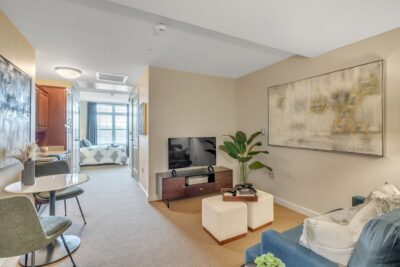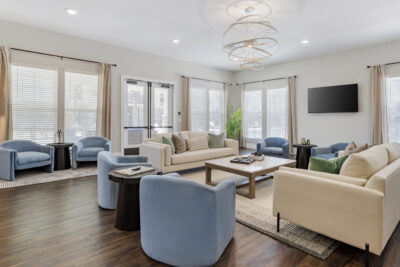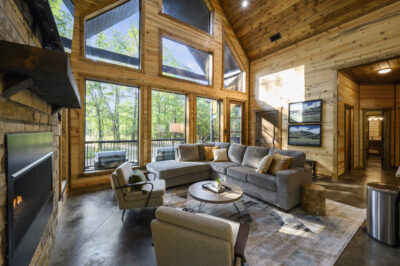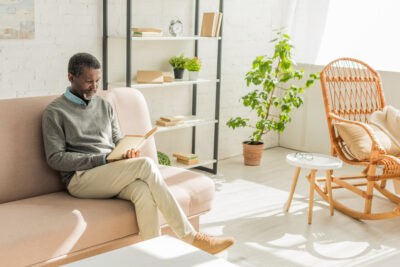In the ever-evolving landscape of interior design, professionals are increasingly confronted with the challenges posed by tariffs and rising costs. As the global economy fluctuates, the implications of these changes are felt deeply within the interior design industry, affecting everything from sourcing materials to final project budgets. However, with a proactive approach and creative problem-solving, Model55’s designers are able to navigate these complexities effectively. In this article, we’ll explore practical strategies for adapting to the current tariff environment while maintaining the integrity and quality of model apartment decor.
The Current Landscape
Tariffs, essentially taxes imposed on imported goods, have become a significant concern for interior designers. With recent shifts in trade policies – particularly affecting imports from countries like China and Canada – the costs associated with furniture, materials, and finishes have surged. This increase can range from 5% to 25%, depending on the product category and origin. As a result, our designers remain vigilant and informed about these changes to mitigate their impact on project costs.
The Ripple Effect on Interior Design Projects
The implications of rising tariffs extend beyond mere price increases. Delays in shipping and sourcing can disrupt project timelines – leading to furniture or decor arriving later and causing project timelines to be pushed back. Understanding these potential pitfalls is crucial for effective planning and avoiding these types of disruptions.
The Importance of Strategic Planning
To navigate the complexities of tariffs, Model55’s team maintains a tactical mindset. This involves not only staying informed about current tariff rates but also anticipating future changes. By developing a comprehensive understanding of the supply chain and potential vulnerabilities, our designers can create contingency plans that allow for flexibility in sourcing and budgeting.
The Benefits of Local Vendors
One of the most effective strategies for mitigating the impact of tariffs is to prioritize local sourcing. By working with domestic suppliers and manufacturers, designers can reduce reliance on imported goods, thereby minimizing exposure to tariff-related price increases. Local vendors often provide unique, high-quality products that can enhance the overall aesthetic of model apartments.
Supporting Local Economies
In addition to cost savings, local sourcing supports small businesses and contributes to the local economy. By choosing to work with artisans and manufacturers in their community, designers can foster relationships that lead to more personalized service and unique design solutions. This approach not only benefits the designer but also enriches the overall design landscape.
Innovative Design Solutions
Designers can give existing furniture and decor new life to elevate the space without the need for costly replacements. For example, a vintage chair can be reupholstered with modern fabric, giving it a fresh look while preserving its original charm. This reduces costs and promotes sustainability – a key consideration in contemporary interior design.
Preparing for Price Fluctuations
Given the unpredictable nature of tariffs, it’s essential for interior designers to adopt flexible budgeting strategies. This means building in contingencies for potential price increases and delays. By anticipating these possibilities, designers can set realistic expectations and avoid surprises down the line.
Prioritizing Essential Elements
When faced with budget constraints, designers can concentrate on key items of the design. This might involve focusing on essential pieces of furniture or standout decor items while opting for more budget-friendly options in other areas. By strategically allocating resources, our designers can achieve a cohesive look in model spaces without compromising quality.
The challenges posed by tariffs and rising costs in the interior design industry may seem daunting, but they also present opportunities for growth and innovation. By adopting a proactive approach, embracing local sourcing, and prioritizing sustainability, the Model55 team is able to navigate these complexities with confidence. As the industry evolves, we remain focused on finding new ways to deliver inspired, cost-conscious designs.





